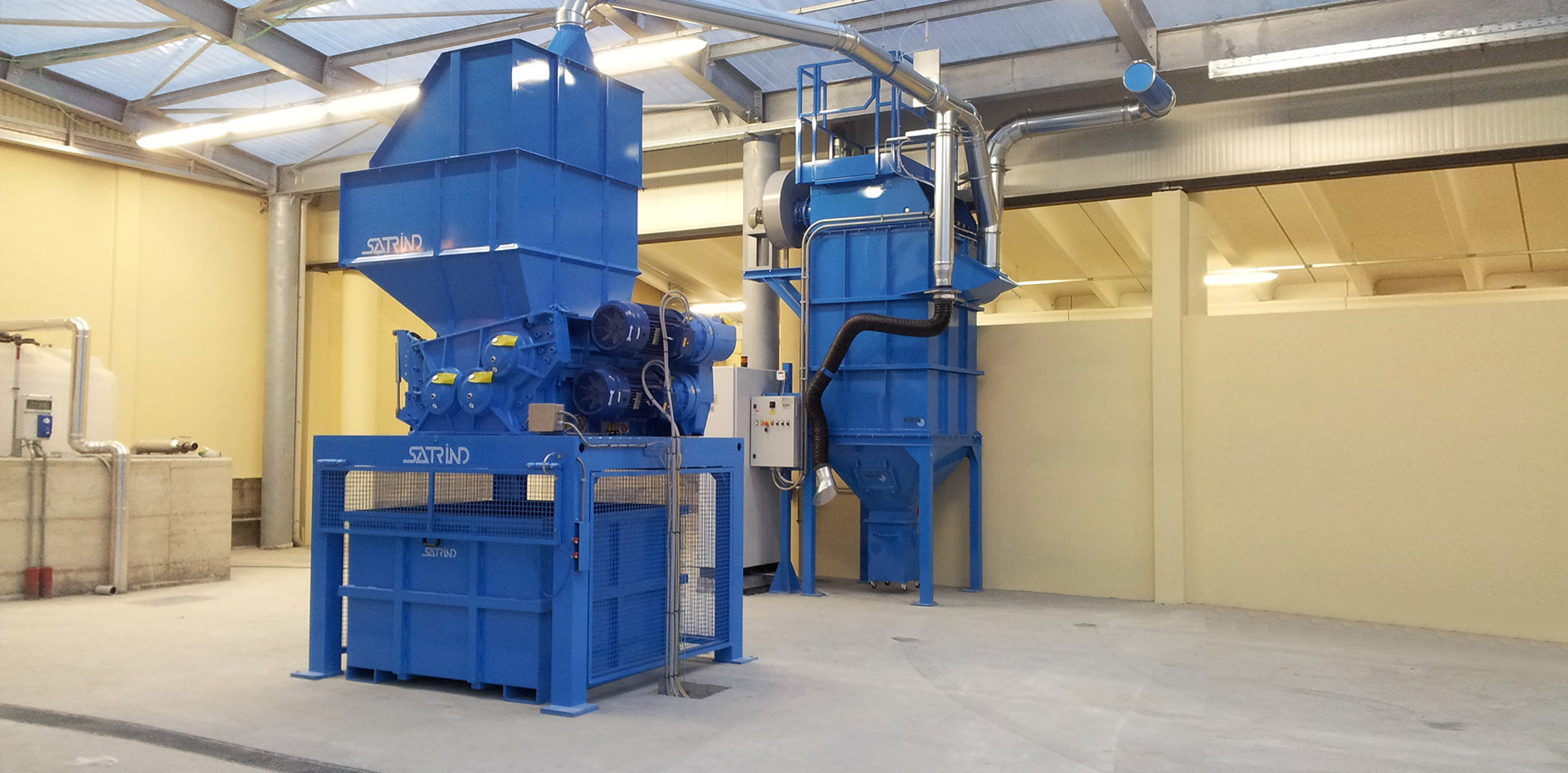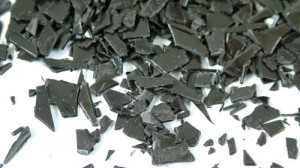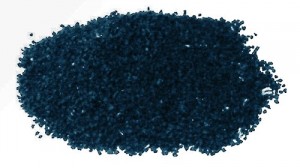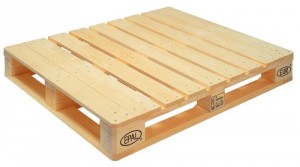Today, more than ever before, it is impossible not to mention technological and industrial innovations with regard to the circular economy, development of an innovative and sustainable entrepreneurial ecosystem and the “green economy”. These environmental issues oblige companies to adopt entrepreneurial policies focused on the recovery and valorisation of waste, which aim to trigger a virtuous mechanism allowing improved management of resources and extensive optimising of production.
Neuberg Srl has always paid particular attention to these aspects, putting itself at the disposal of qualified partners in sectors such as shredding, valorisation and suction of various kinds of ground materials, including: rubber and worn tyres, industrial waste, plastic, wood, paper, copper, polyurethane, aluminium.
Ground elements are used in various sectors such as the production of sport facility pavings, road surfaces, soundproofing panels etc.
We supply integrated plant systems, combined with systems for shredding, grinding, pulverisation of various kinds of materials at the end of their life-cycle.
We are committed to restoring waste, regenerating and valorising it to achieve increased energy efficiency and decreased CO2 emissions with the aim of safeguarding a precious asset such as that of the ecosystem.






